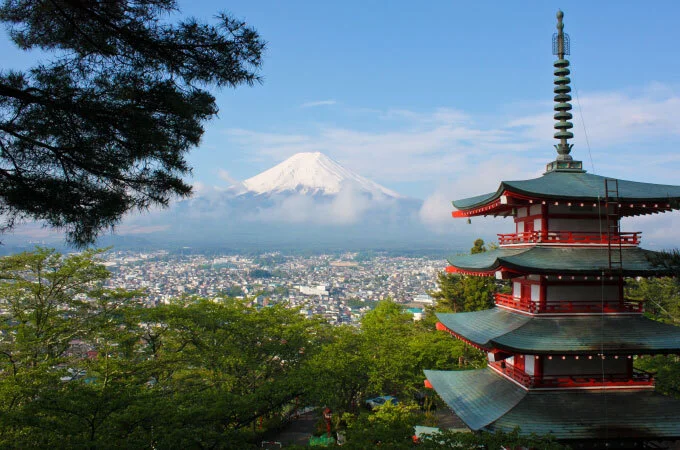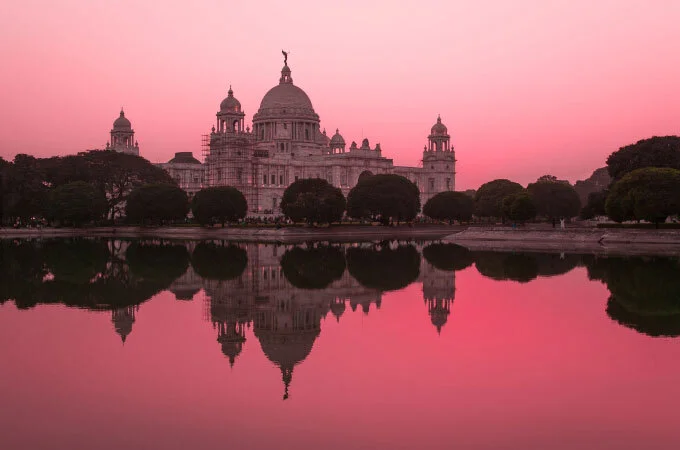Kenya — The Heart of African Safaris
Famous for its iconic savannahs, diverse wildlife, and rich culture, Kenya is a world-class safari destination. From the Great Migration to coastal escapes, Kenya offers unforgettable adventures for every traveler.
- Great Migration in Maasai Mara
- Big Five Safaris
- Birdwatching at Lake Naivasha
- Mount Kenya Hiking
- Maasai & Samburu Culture
- Diani & Coastal Adventures
Common Wildlife in Kenya
- African Elephant
- Lion
- Giraffe
- Zebra
- Rhino
- Cape Buffalo
- Leopard
- Cheetah
- Wildebeest
- Flamingo
Kenya, often described as the cradle of safari, is one of Africa’s most iconic destinations. Nestled along the equator in East Africa, Kenya is famed for its sweeping savannahs, rich wildlife, and vibrant cultures. From the plains of the Maasai Mara to the turquoise waters of the Indian Ocean, Kenya offers an unrivaled mix of adventure, relaxation, and cultural immersion. As the birthplace of the safari tradition, Kenya continues to attract travelers from around the globe in search of classic African experiences.
Kenya’s Natural Beauty
Kenya’s landscapes are remarkably diverse. The country boasts endless savannah grasslands, snow-capped mountains, tropical forests, and coastal beaches. The Great Rift Valley cuts dramatically through the land, creating lakes, escarpments, and fertile highlands. Iconic landmarks such as Mount Kenya, Africa’s second-highest peak, and the vast Maasai Mara plains make the scenery both breathtaking and unforgettable. From arid deserts in the north to lush rainforests in the west, Kenya is a land of contrasts that offers something for every traveler.
The Great Migration in Maasai Mara
The crown jewel of any Kenyan safari is witnessing the Great Migration in Maasai Mara National Reserve. Every year, millions of wildebeest, zebras, and gazelles cross from Tanzania’s Serengeti into Kenya in search of greener pastures. This epic wildlife spectacle, often called the “greatest show on earth,” is one of the most dramatic natural events in the world.
Game drives in the Maasai Mara provide opportunities to see not only the migration but also an extraordinary density of predators such as lions, cheetahs, and leopards. Experienced guides lead safaris across the rolling plains, ensuring safe and unforgettable encounters. Watching the migration’s river crossings, with wildebeest braving crocodile-infested waters, is an awe-inspiring moment that defines the Kenyan safari experience.
Amboseli National Park — Land of Giants
While the Mara is about drama and migration, Amboseli National Park offers serenity and iconic scenery. Known as the “Land of Giants,” Amboseli is famous for its large elephant herds set against the backdrop of Mount Kilimanjaro, Africa’s tallest mountain. Photographers and nature lovers flock here for one of the most striking landscapes in the world.
The park is also home to lions, giraffes, hyenas, wildebeest, and more than 400 bird species. Its wetlands provide unique safari opportunities, combining classic savannah experiences with tranquil viewing of wildlife around water sources.
Lake Nakuru and Rift Valley Lakes
Kenya’s Rift Valley lakes are wildlife havens. Lake Nakuru National Park is renowned for its flamingos, rhinos, and diverse birdlife. Visitors can witness thousands of pink flamingos painting the shoreline, alongside sightings of white and black rhinos, making it one of the best rhino sanctuaries in East Africa.
Nearby, Lake Naivasha offers boating safaris where travelers can spot hippos, waterbirds, and giraffes browsing along the shores. Crescent Island and Hell’s Gate National Park, close to Naivasha, provide opportunities for walking safaris and cycling among wildlife, offering a unique safari twist.
Mount Kenya and Hiking Adventures
For adventure seekers, Mount Kenya is a thrilling challenge. Designated a UNESCO World Heritage Site, it is Africa’s second-highest mountain after Kilimanjaro. Climbers can choose from various trekking routes that range from moderate hikes to technical ascents, with stunning alpine scenery, glaciers, and lakes along the way.
Beyond Mount Kenya, hiking enthusiasts can explore the Aberdare Ranges, offering waterfalls, bamboo forests, and rare sightings of black leopards and bongo antelopes.
Kenya’s Coast — Relaxation by the Indian Ocean
After days of safari, Kenya’s coastline provides the perfect retreat. From the pristine white sands of Diani Beach to the historic charm of Lamu Island, the Indian Ocean coast combines relaxation with cultural exploration.
Visitors can enjoy snorkeling, diving in coral reefs, dhow sailing, and cultural tours in Swahili towns. Mombasa’s Old Town showcases centuries of Arab, Portuguese, and Swahili influences, offering a cultural contrast to inland safari adventures.
Nairobi — The Gateway to Safari
Kenya’s bustling capital, Nairobi, is often the entry point for travelers. A cosmopolitan city with a lively arts and food scene, Nairobi is also unique for having a national park right on its doorstep. Nairobi National Park is home to lions, giraffes, rhinos, and over 400 bird species, just minutes from the city center.
Cultural highlights include the Karen Blixen Museum, the Giraffe Centre, and the David Sheldrick Elephant Orphanage, where visitors can learn about Kenya’s conservation efforts.
Cultural Encounters
Kenya’s rich cultural heritage adds depth to any safari experience. The Maasai and Samburu communities are world-famous for their traditions, colorful attire, and warrior dances. Visitors can engage in cultural tours, learn about pastoral lifestyles, or purchase handmade beadwork and crafts.
Other groups such as the Kikuyu, Swahili, and Turkana showcase Kenya’s diversity through music, cuisine, and festivals. These encounters allow travelers to connect with the people who make Kenya’s landscapes and wildlife come alive with meaning.
Birdwatching Paradise
With more than 1,100 recorded species, Kenya is a birdwatcher’s dream. Rift Valley lakes such as Nakuru and Naivasha host flamingos, pelicans, and fish eagles, while Samburu and Tsavo offer unique dryland species. Endemics like the Jackson’s widowbird, Clarke’s weaver, and Taita thrush make Kenya an essential stop for birding enthusiasts.
Best Time to Visit Kenya
Kenya is a year-round safari destination, but the timing of your visit depends on your goals:
Dry Season (June to October, January to February): Best for game drives and the Great Migration, as animals gather around water sources and vegetation is thinner.
Wet Season (March to May, November to December): Landscapes are lush, birdwatching is superb, and fewer tourists mean quieter safaris. However, some roads may be muddy and more challenging.
Regardless of the season, Kenya’s equatorial climate ensures comfortable temperatures across most regions.
Accessibility and Travel Tips
Visa Requirements: Most visitors need a visa, easily obtained online. The East Africa Tourist Visa also allows travel to Kenya, Uganda, and Rwanda with a single permit.
Transport: Kenya has good domestic flight connections, making travel between parks convenient. Road trips are also popular, with safari circuits designed for seamless exploration.
Accommodation: Choices range from luxury lodges overlooking wildlife to mid-range tented camps and budget guesthouses.
Safety: Kenya’s main tourist destinations are safe, and guided safaris ensure a smooth experience.






